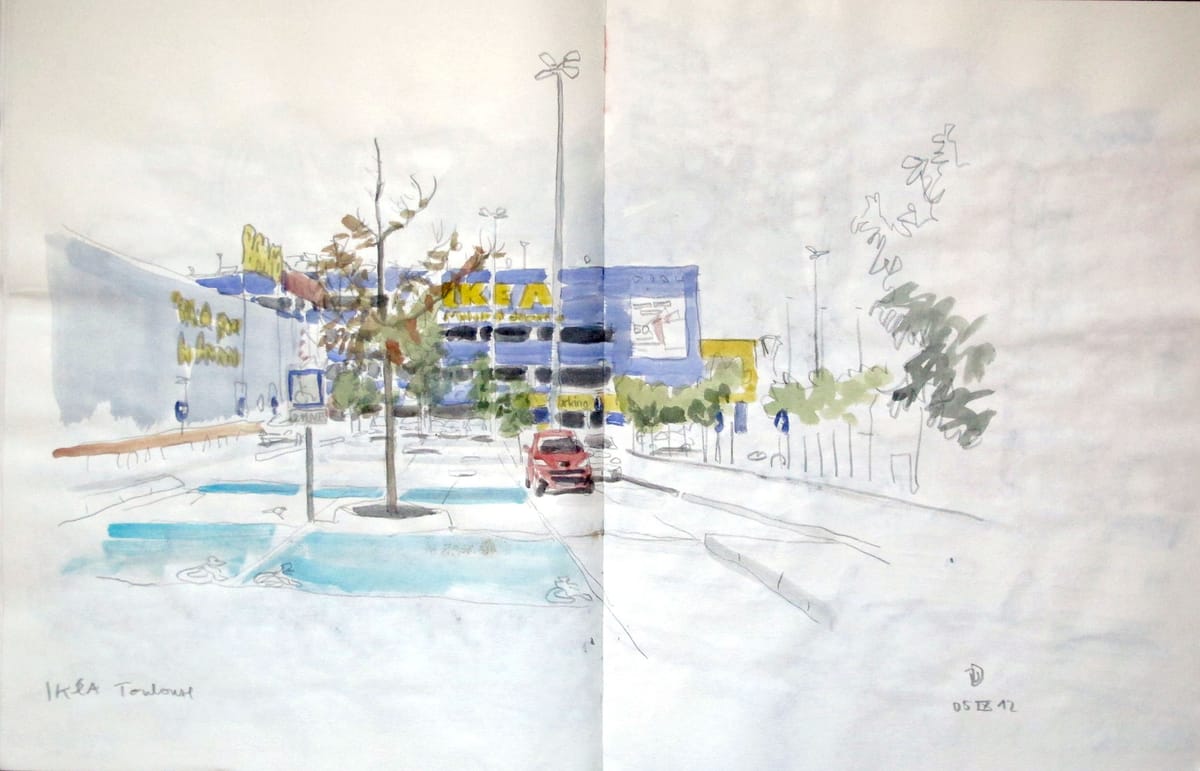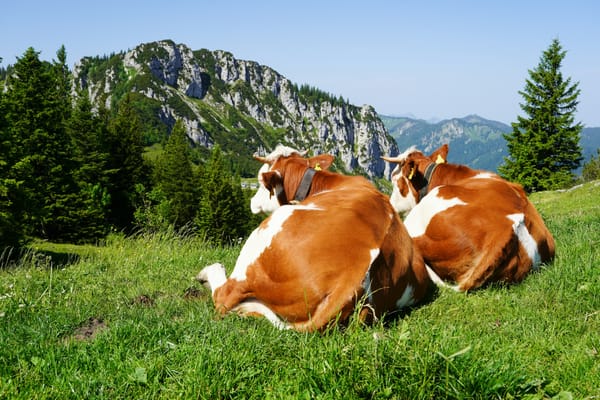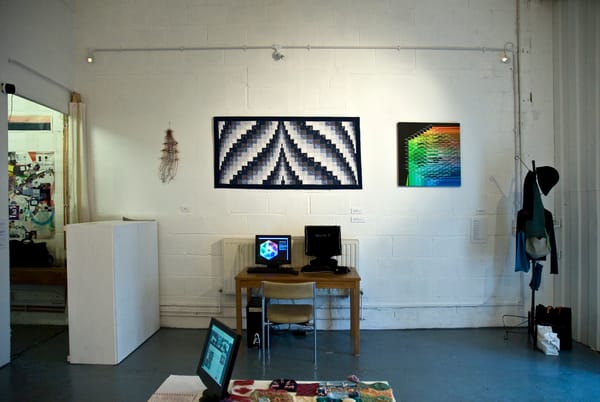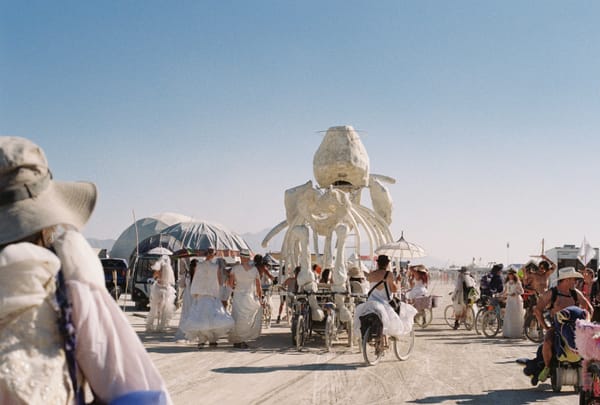Building an Ecosystem the IKEA Way
Ecosystem Building 101 / Multiplayer drawings / Metrics for sustainable OS projects and communities

The end of the year is always a busy time for me, filled with holiday parties, afternoons of cooking and baking, and reunions with old friends and family. And in our household, one annual dilemma always seemed to arise: where to seat our guests at our too-small dinner table. For years, we'd vow to get another table, only to be discouraged by slow and expensive delivery options. This year, however, we found a table at IKEA. We picked up our new table at the local shop, brought it home, and assembled it ourselves. Problem solved.
Our new dinner table got me thinking about the history of flatpack furniture, a phenomenon that has had a profound impact on the way we shop and live. (And, yes, I'm aware that the convenience of take-home furniture can encourage overconsumption and don’t mean to promote it.) Flatpack furniture was introduced in the nineteenth century, but the idea only gained popularity in the 1950s and 1960s as companies like IKEA began to design furniture that could be easily disassembled, packaged, and shipped to customers, who would then assemble it themselves. By the 1990s, flatpack furniture had become a global phenomenon.
Modular, scalable and easy to assemble
As I worked on a first draft of an ecosystem strategy as part of my end-of-year tasks, I began to wonder if I could make it just as easy – and popular – for partners to join the ecosystem I'm building at work. Just like Swedish furniture, the ecosystem would be designed to be modular, scalable, and easy to assemble. To achieve this, I'd need to create a framework that allows different partners to plug in and out with ease.
I started by drafting a vision and mission statement, as well as a value proposition for my company and our partners that outlines the benefits of an ecosystem approach. I broke down the gigantic task of building a tech ecosystem into three preliminary work packages: partner management, network establishment, and capacity building, each with a set of tasks for 2025. Next, I selected the tasks that aligned best with our company's first OKR cycle in 2025. It seemed like I had disassembled the ecosystem – now it needed to be shipped.
A pick-and-mix portfolio
Starting with the partner management work package, I focused on defining partnership components we can offer, such as co-development of technology, joint communication, and exposure on our platforms. These options should be easy to understand and combine, depending on the goals of the partnership and the needs of our customers and users in the public sector. Ideally, I'd like to have a portfolio of "fun and effective things to do together" that partners can pick and mix, so they get a better idea of the possibilities of a partnership and can get started swiftly.
The risk with this flatpack approach to ecosystem building is that it implies that all partners can essentially be treated the same, and that a partnership can be approached as a matter of customising the amount of "almond cake and Kottbullar" per partner. This is not how it should be, of course, and can be avoided, I think, by leaving enough room to consider the needs of each partner and brainstorm new ideas. No one wants to live in the IKEA catalogue, but I do want to offer our partners a choice of "furniture" that's scalable and easy to assemble, and see where it leads us.
The Toybox
Regular readers of this newsletter may have noticed that I have a soft spot for multiplayer applications, perhaps because they bring a sense of community to the web. This time, I'd like to introduce you to Scribble.rs, a game where you try to guess the word a stranger is drawing in real-time. You can play the game here, and the code is available on GitHub. I also recently discovered Fuiz, an open-source platform for user-generated quizzes. I'm planning to use it to add an interactive element to talks without compromising my listeners’ data. If you have a fun open source project you'd like to share, don't hesitate to reach out to me at theartofherdingcats [at] proton.me, and I'll be happy to feature it in a future issue of this newsletter 👇
Treats
I enjoyed this talk by Dawn Foster that offers a deep dive into using metrics to improve the long-term sustainability of open source projects and communities. Additionally, with December underway, the Advent of Code challenge is still running for a few more days. Although it's a bit late to join this year, consider participating next year if you have some basic coding skills. I never make it past the first few days, but it's a lot of (nerdy) fun while it lasts.
Wishing you a Merry Christmas (if you're celebrating) and a Happy New Year!





